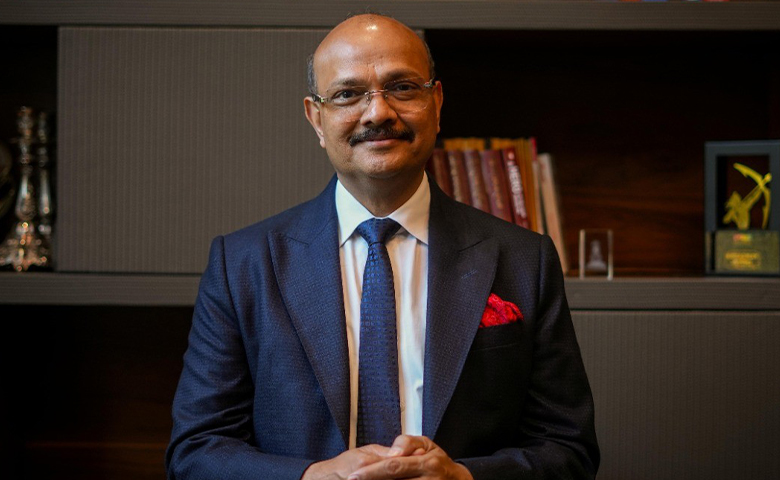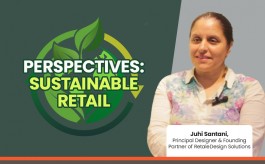How right location enhances customer experience & revenue for retailers
By Retail4Growth Bureau | May 23, 2025
At the core of the Indian retail market, footfall-driven retail follows a business model that leverages physical customer traffic to drive engagement, enhance the shopping experience, and ultimately boost revenue, says Pankaj Jain, Founder and CMD, SPJ Group, in this column for Retail4Growth.

In the retail sector, location is not just a geographical aspect; it stands as a critical determinant of visibility, accessibility, and consumer engagement. Whether it's a high street or a mall, a strategically located retail space becomes a powerful enabler of brand reach and sustained business growth.
At the core of the Indian retail market, footfall-driven retail follows a business model that leverages physical customer traffic to drive engagement, enhance the shopping experience, and ultimately boost revenue.
Retail spaces in densely populated neighbourhoods enjoy a built-in advantage due to their proximity to both residential and commercial hubs, ensuring access to a large and ready consumer base. These locations naturally see steady footfall, which sustains both everyday sales and long-term growth.
In NCR, particularly Gurugram, the retail sector has experienced magnificent growth, fuelled by the increasing presence of global brands and businesses. The city’s enhanced connectivity via metro expansions and expressways has further improved accessibility, driving even greater footfall. Retail spaces in such high-density catchments not only benefit from organic traffic, but also become an integral part of people’s routines, transforming them into intuitive stops, whether near homes, offices, or daily commutes. This inherent accessibility ensures that retailers in these locations can continuously engage with a large volume of potential customers, making them prime sites for sustained retail success.
Moreover, the growing recognition of location’s role in driving footfall and performance is evident in retail leasing trends across India. CBRE’s India Retail Figures H1 2024 reported that retail leasing in India increased by 7% compared to the previous year, totalling 3.1 million square feet. Meanwhile, according to JLL, 2024 witnessed new retail space additions of nearly 1.7 million sq. ft across 7 retail developments. Despite the limited infusion of new spaces of superior quality, momentum in the retail sector’s gross leasing remained unaffected as retailers continued to expand their footprint across retail formats throughout the year, with gross leasing moderating by only 6% over 2023.
Besides, as consumer needs evolve, retailers have an opportunity to explore regions that are yet to be addressed. Certain untapped and unexplored areas emerge as high-potential locations due to their strategic connectivity and affluent catchment. The demographic profile of a location—age, income, lifestyle preferences, and purchasing power—plays a significant role in determining the effectiveness of footfall-driven retail. Areas with affluent populations or younger, tech-savvy consumers tend to have higher spending potential, making them prime locations for high-end retail or innovative, tech-driven shopping experiences.
Businesses operating in high-footfall areas reach significantly higher profitability than those in more isolated or lower-visibility zones by enhancing the quality of the customer experience. Beyond sales, in-person engagement significantly strengthens the brand connection, increasing the likelihood of repeat visits. These personal touchpoints not only boost loyalty but also build trust, turning walk-ins into long-term patrons.
Therefore, beyond square footage or interior aesthetics, the strategic value of a retail space lies in its ability to connect with the community it serves. As the retail landscape evolves, it's time for businesses to reassess what truly drives long-term success. For retailers aiming to grow sustainably, choosing the right location determines how far their brand will go.

_165_265.jpg)
_165_265.jpg)






Comments